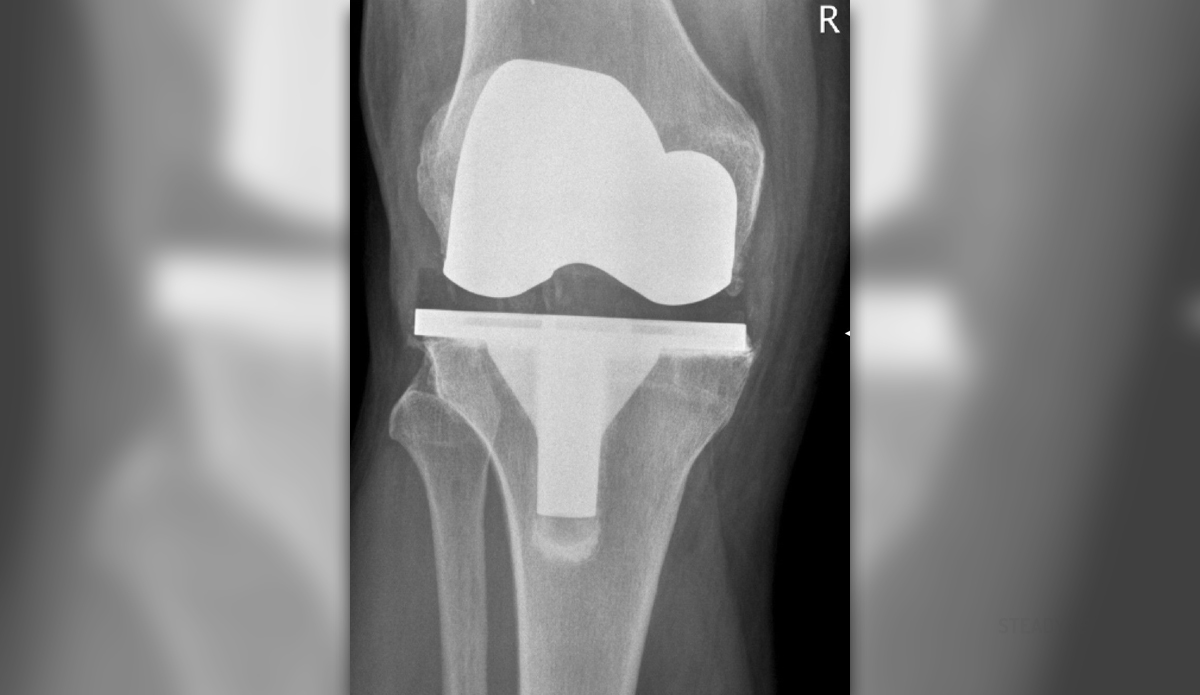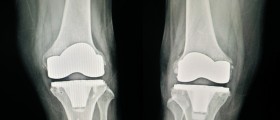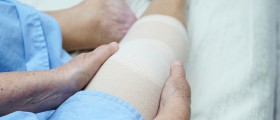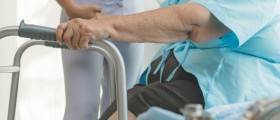
Knee Replacement Surgery- General Info
Knee replacement surgery is performed in patients with damaged, worn or diseased knee. The affected joint is a source of chronic pain and it interferes in performing even the simplest activities of the knee. The knee joint is replaced with an artificial joint. There are two types of surgery for knee replacement, total knee replacement and partial knee replacement.
Total knee replacement is performed under general anesthesia and in some cases it may be performed under spinal or epidural anesthesia. The cut is approximately 8 to 12 inches long and after opening the knee the surgeon removes the damaged part of the knee. The inside of the knee is then shaped to hold a metal or plastic artificial joint. What follows is attachment of the artificial joint to the thigh bone, shin and knee cap.
After the Surgery
The knee is covered with a large dressing which protects the wound. The dressings are changed regularly until the wound completely heals. The role of inserted drains is to siphon off the excess of blood and fluid from the wound.
In the surgical ward patients are given a switch which allows them to self-administer pain killing medications at safe rate and alleviate postoperative pain. In some cases patients require oxygen and blood transfusions. In the ward patients are monitored and they may start to drink fluids only an hour after they had been transferred to the ward. Nurses help the patients in changing position and using a bed pan.
Knee Replacement - Recovery Time
The patients stay in hospital up to 10 days. The moving of the joint and standing start the day after the surgery. In the beginning, the patients are walking with the assistance of parallel bars and then they start using a walking device such as crutches, walker or cane. After approximately 6 weeks patients may be able to walk with minimal assistance of walking devices. The improvement after the surgery in majority of patients is noticeable after a month.
After the surgery patients are due to undergo physical therapy. This treatment is performed under supervision of trained physical therapists. The length of the physical therapy depends on the progress. This can be easily explained by the fact that each and every patient has different length of the course of rehabilitation. The physical therapist will teach the patient specific techniques, provide with adaptive equipment and help the patient to stick to the prescribed guidelines.
Patients are due to avoid turning or twisting of the operated leg for at least six weeks and when lying in bed they ought to keep the operated knee as straight as possible. Kneeling and squatting are also forbidden soon after surgery.
Even after complete recovery the patients are not recommended to engage in any kind of extreme movements or sports if there is a risk of falling.
And finally, depending on the the type of job patient may return to work form 6 to 12 weeks after the surgery.

















Your thoughts on this
Loading...